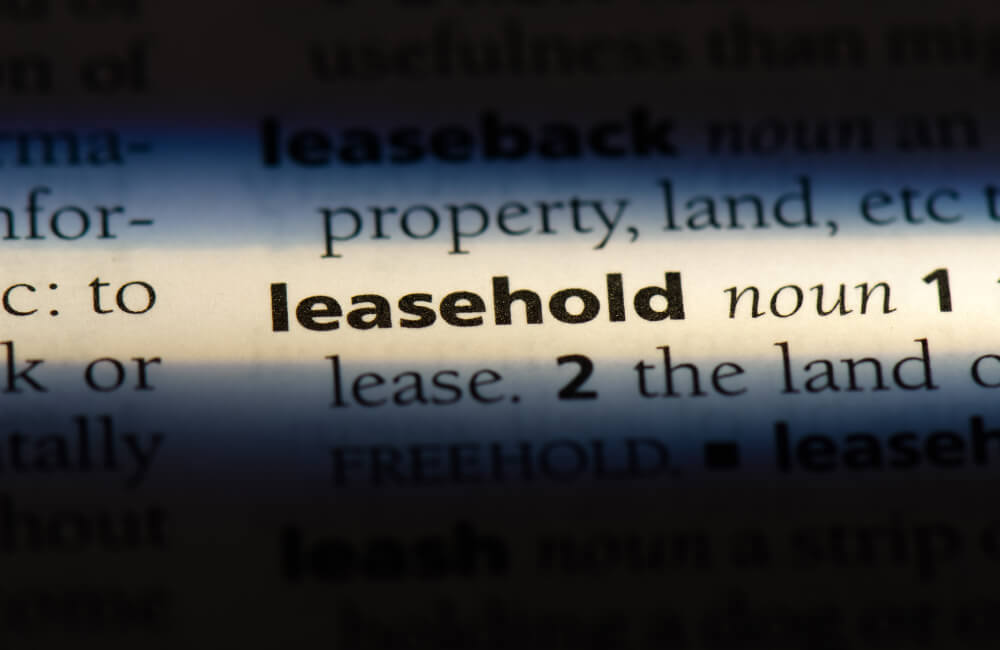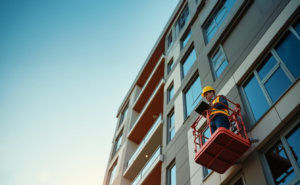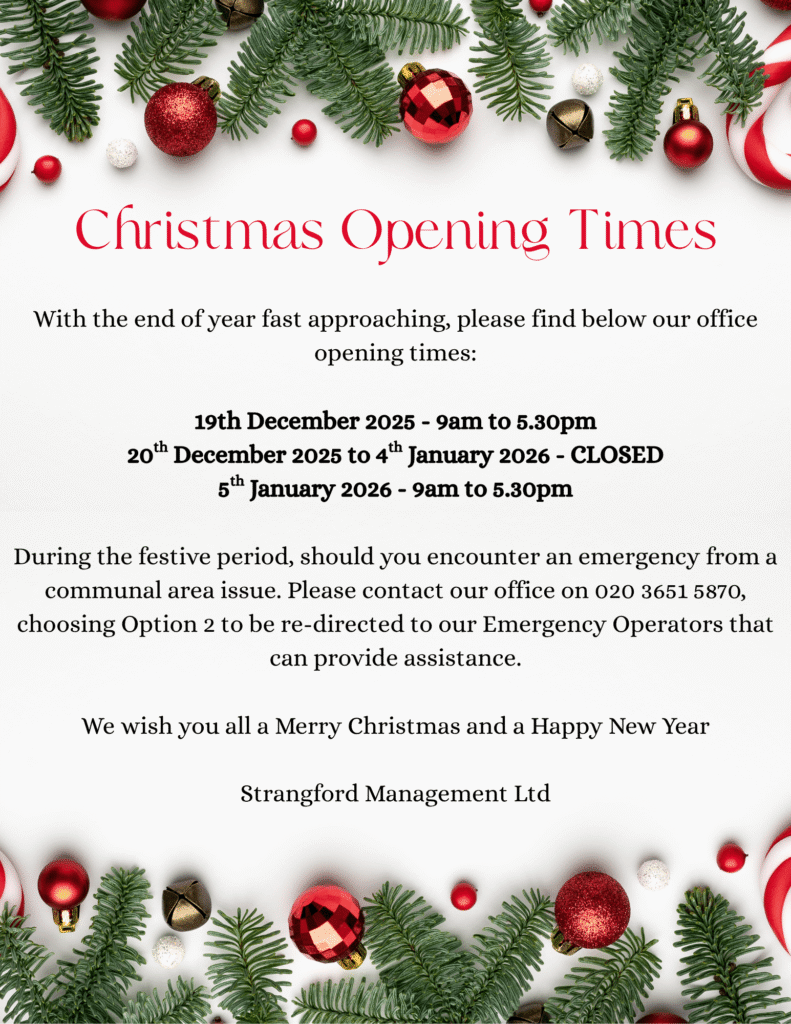As you embark on your search for a new home, you will typically find that properties advertised for sale are listed as leasehold or freehold. If you’re a first-time buyer these terms may be a mystery to you.
Perhaps you’ve heard of them before, but you’re unsure of the details. You’re probably curious about the difference — and what the implications are for you as the homeowner. This blog will briefly summarise the main legal variations in owning a leasehold or freehold property.
What Does it Mean if a Property Is Classed as Freehold?
If you’re acquiring a freehold property, you are buying the legal rights to the property and the land that it was constructed on. Your name will be specified on the land registry as the ‘freeholder’. The key advantages of purchasing a freehold property include:
• No ground rents or service charge.
• No restrictions on what you can do in your home. For instance, you are fully within your rights to keep pets, smoke or conduct building work (assuming you have gained planning permission).
• No risk of diminished property value due to a lease term expiring or nearing expiry – and no need to pay for an exorbitant renewal of the lease.
There are very few drawbacks to owning a freehold property but the upfront cost will most likely be higher, since you are buying the land as well as the property. The upkeep of the interior and exterior of the building are entirely your responsibility, which includes the roof, exterior walls and other details like fencing. This may be too much of a burden for some, and the associated costs can mount up over time, which may put off some prospective homeowners.

What Does it Mean if a Property Is Classed as Leasehold?
If you purchase a leasehold property you will own the building, but not the land that it stands on. Under this arrangement, you enter into a lease agreement for a set period of time with the freeholder of the land – in other words, the landlord. The length of the lease varies greatly; it can range from 40 years to 999 years! When the lease finally expires, the property falls back into the hands of the freeholder. That is why it’s advisable to avoid leases of 80 years or less. Mortgage lenders prefer there to be 50 years left at the end of the mortgage term (so 75 years in total). Although home-buyers tend to strongly favour freehold, there are a few benefits to leasehold. These include:
• Lower prices as a general rule.
• Less responsibility for DIY repairs and maintenance of external walls, roofs and other structures (this is typically covered by a monthly service charge).
• Occasional additional benefits such as concierge, swimming pools, gyms and other services, especially if the property is part of an apartment complex.
However, there are clearly several pitfalls to buying leasehold, including:
• Declining property value as the leasehold expiry edges closer. We always advise prospective homeowners to avoid a leasehold term of under 80 years. There is a strong possibility your mortgage provider will refuse to extend you the loan for such a purchase, in any case – and it could be tough to sell on the property later.
• High yearly maintenance fees for the maintenance of the building, communal areas and the external grounds or landscaping. It’s also very common for these costs to increase annually. You will sometimes be asked to pay additional, one-off costs for major renovations (say the need for a new roof).
• Ground rent to the freeholder, often payable annually. This is the sum you pay to the owner of the actual land that your property stands on. It is typically only around £50 each year, though.
• Limits and conditions on how you can use the building. You may be forbidden to keep pets at home, or to smoke. It is very possible that subletting will not be permitted.
• The hassle of needing permission from the freeholder to carry out works to the property.
• Risk of forfeiting the lease if you fail to pay your monthly or annual service charge promptly.
• Possibility of disputes between the leaseholder and freeholder relating to the upkeep of communal areas, planning permission and mounting pressure on the leaseholder over costs that they feel are excessive or increasing at an unreasonable rate.
The good news is that if your landlord decides to sell the freehold, then you as the leaseholder must be offered the opportunity to acquire it first. Buying the freehold in this way is known in the legal field as enfranchisement. If you own a house you can purchase the entire freehold. However, if you own a flat you will be limited to purchasing just a portion or share of the freehold.
You will need expert legal advice and assistance (and of course be prepared to pay legal fees) if you want to buy the freehold.
Another factor to be aware of is that once you’ve owned your property for two years, you have the right to extend the lease by 90 years – as long as you are a qualifying tenant (you probably qualify if the original lease was for over 21 years). The freeholder will charge for extending the lease, though. If the two parties cannot reach an agreement on the cost of the proposed lease extension, then you can appeal to the Leasehold Valuation Tribunal.
Do not hesitate to get in touch with Strangford today if you’d like more detailed advice on London Block Management and the differences between leasehold and freehold — and how to make a decision on what’s right for you.
Do you want to know more? Contact Strangford Management to arrange a free consultation.



